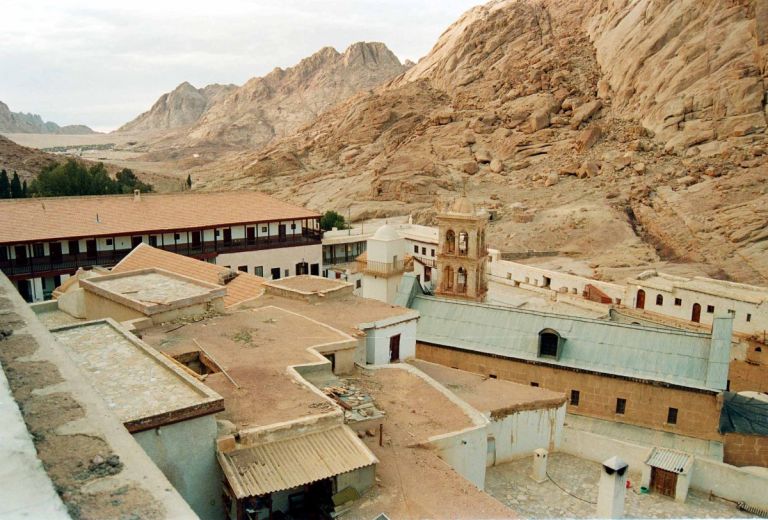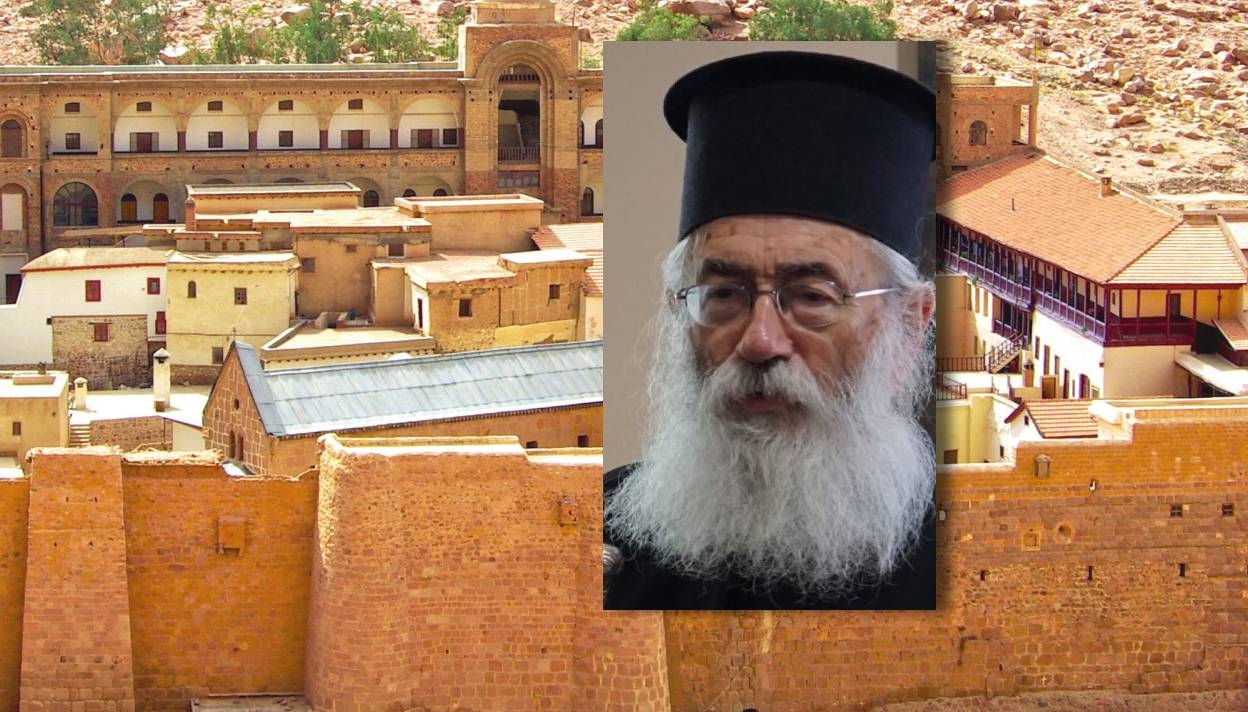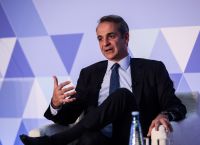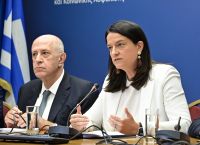Sinai Monastery in Turmoil: Cairo’s Shadow Games and the Battle for Influence

Πηγή Φωτογραφίας: eurokinissi//Sinai Monastery in Turmoil: Cairo’s Shadow Games and the Battle for Influence
The unfolding crisis at St. Catherine’s Monastery in Sinai—a UNESCO World Heritage Site and one of the most enduring Christian monastic centers in the world—has evolved into a geopolitical fault line where local grievances, ecclesiastical rivalries, and state interests collide. What began as an internal monastic dispute has spiraled into a struggle involving Athens, Cairo, Jerusalem, Mount Athos, and shadowy para-ecclesiastical networks.
The Damascus of Damascus: Archbishop Damianos Under Siege
Archbishop Damianos, at 91 years of age, finds himself besieged not only by mutinous monks but also by the intricate web of state diplomacy and religious politics. His dramatic warning—“My life is in danger”—has amplified concerns that the crisis extends far beyond monastic discipline.
- For decades, Damianos has been regarded as a bridge between the monastery and the scientific, diplomatic, and ecclesiastical worlds.
- Yet, his tolerance and reluctance to engage in open conflict have been perceived as weakness, emboldening rivals who now contest his legitimacy.
- The move by rebellious monks to “declare him deposed” has not only fragmented the brotherhood but opened a Pandora’s box of external interventions.

Cairo’s Calculated Silence
While Athens insists on institutional recognition of Damianos as the legitimate head, Cairo’s stance has been marked by deliberate ambiguity. Despite requests for Egyptian police intervention to remove the dissident monks, no action was taken.
Analysts suggest that this deliberate inertia serves Cairo’s interests:
- By prolonging the crisis, Egypt retains leverage over the monastery’s status and its vast historical endowments.
- Damianos, uniquely, holds Egyptian citizenship—a prerequisite for signing the pending agreement on the monastery’s legal framework. His removal would reset negotiations, delaying finalization and giving Cairo room to impose new conditions.
In this light, the monastery becomes a geopolitical bargaining chip in Cairo’s broader strategy of influence in the region.
Jerusalem, Mount Athos, and the Expanding Arena of Rivalry
The Patriarchate of Jerusalem has emerged as a key external actor, approached by the insurgent monks for recognition. Its maneuvers, however, appear less about mediation and more about expanding its own ecclesiastical footprint in Sinai.
At the same time:
- Two monasteries of Mount Athos have entered the fray, each vying for the chance to establish a foothold in Sinai by sending monks.
- Northern Greek metropolitans and para-ecclesiastical circles—often linked with political networks in Athens—are also exploiting the situation, portraying themselves as guardians of Orthodoxy and defenders of the monastery’s patrimony.
The convergence of these forces transforms what could have been a local succession dispute into a multi-layered geopolitical contest.
The Shadow of Property and Power
The crisis escalated after a May 2023 Egyptian court ruling stripped the monastery of control over longstanding properties and installations. For many observers, this was the trigger event that unleashed competing agendas:
- The recognition of the monastery’s metochion (dependency) in Greece as a legal entity—a decision welcomed in Athens—was reframed by Damianos’ opponents as a threat of asset seizure.
- Dissident monks, particularly Hieromonk Niphon Karafalis and Hesychius Mohammed, are accused of personal ambition and covert alliances. Their motivations range from succession claims to alleged informal protection by Egyptian authorities.
- Figures like Pamphilos Giapitzakis, though no longer canonically linked to Sinai, have re-emerged as agitators in the dispute.
Athens: Between Diplomacy and Ecclesiastical Loyalties
The Greek government walks a tightrope. On one hand, it must safeguard the monastery’s spiritual, historical, and cultural importance as part of the Hellenic ecclesiastical presence abroad. On the other, it must navigate sensitive negotiations with Egypt, where any misstep risks derailing progress on the legal status agreement.
While Athens continues to recognize Damianos as the lawful archbishop, the persistence of competing influences—both ecclesiastical and political—raises the prospect that the real struggle is less about faith and more about control of heritage and power.
A Dangerous Precipice
The Sinai Monastery stands today not merely as a spiritual beacon but as a battleground of overlapping sovereignties:
- Egypt, leveraging the monastery for state interests.
- Greece, seeking to uphold legitimacy and continuity.
- Jerusalem and Mount Athos, vying for influence.
- Ambitious monks and para-ecclesiastical groups, pushing personal and factional agendas.
What is at stake is not only the succession of a nonagenarian archbishop, but the future of one of Christianity’s oldest living institutions. If the crisis deepens, the monastery risks becoming less a symbol of timeless faith and more a pawn in Middle Eastern and Orthodox power games.
Source: pagenews.gr
Διαβάστε όλες τις τελευταίες Ειδήσεις από την Ελλάδα και τον Κόσμο






Το σχόλιο σας